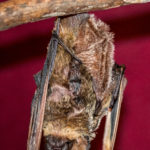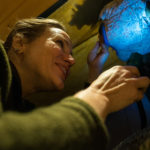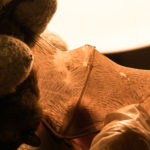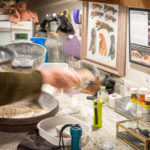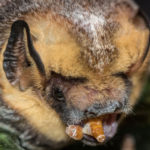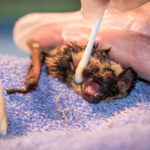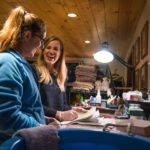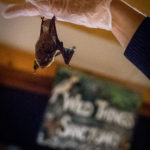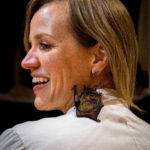Clinging to Life
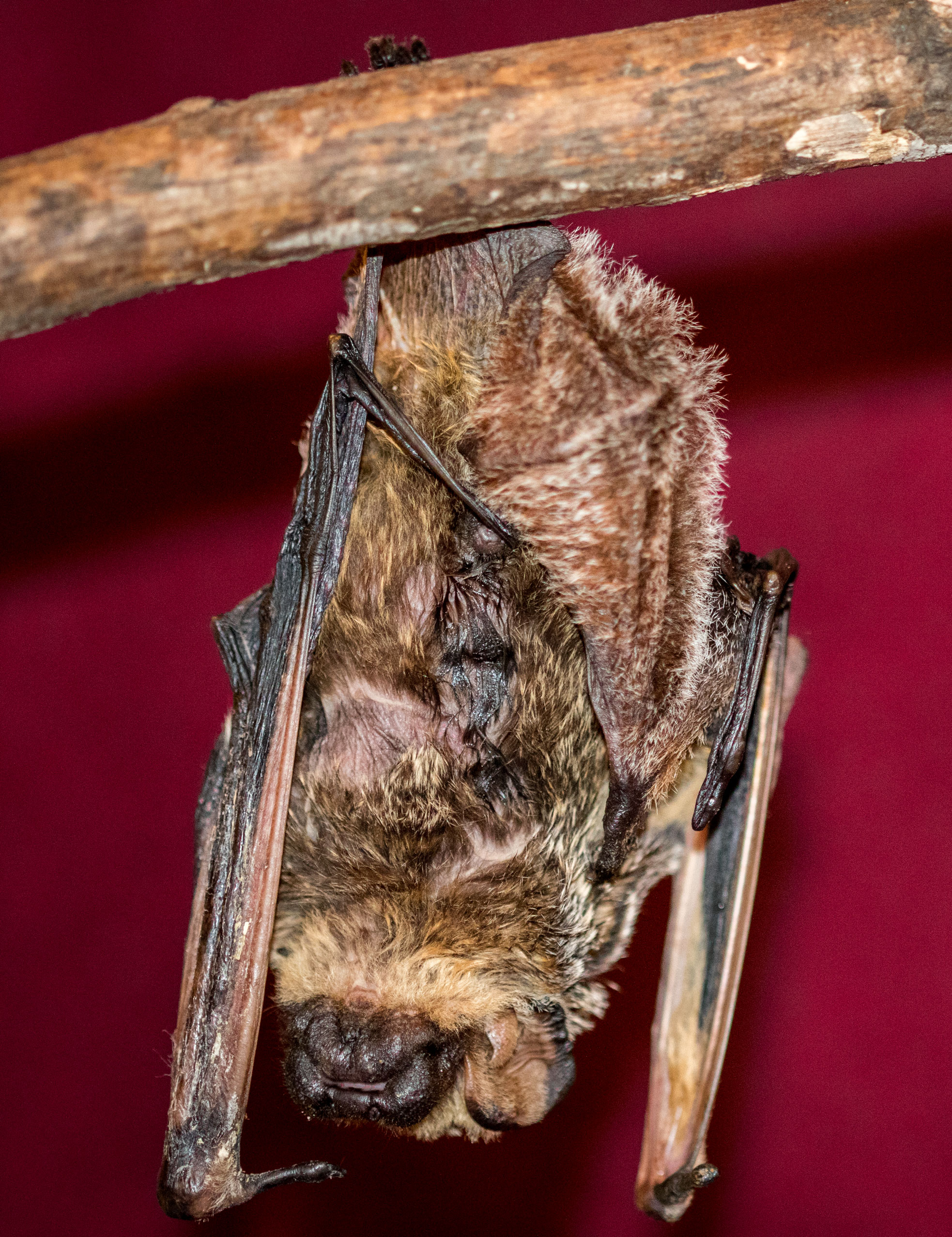
Starting in 2006, bats began facing a terrible genocide in New York state that has nearly eradicated several of their species. White Nose Syndrome, a disease caused by a fungus known as Pseudogymnoascus destructans, is a cold-living fungus that causes damage to the wings of bats and forces them to deplete their fat reserves during hibernation resulting in starvation.
As the disease quietly spread, Victoria Campbell founded Wild Things Sanctuary out of her home in Ithaca in 2008 to give a home to wounded animals such as raccoons, skunks and other wildlife, to care for them until they could return to their natural habitats.
“I think in general just helping wildlife has appealed to me because wildlife is a group of animals that are under more and more pressure from humans every day with the expanding human populations,” Campbell said. “I’d say probably 90 percent of patients that arrive into wildlife rehabilitation are in trouble because of some human related cause.”
Campbell started hearing about the effects White Nose Syndrome inflicted on bats and began researching them.
“It was White Nose (Syndrome) that was the first thing that my attention was drawn to, because they were just really cool animals, then the fact they were being hit by White Nose Syndrome really made me feel awful for them,” Campbell said. “And then learning more and more that they were providing humanity with such amazing services, I was like, ‘Wow they’re in trouble, but they’re doing all these great things. They really need help.'”
Bats are the main predators of nocturnal insects such as mosquitos, helping to control the spread of diseases in animals. They also eat insects that are crop pests which lowers the cost of using pesticides.
“They save an estimated average of something like $20 billion a year of pest control for farmers,” Campbell said. “They provide these incredible free services that give us healthier food and cheaper food and everything like that.”
With no solution to combat White Nose Syndrome, bat populations throughout New York state and other parts of the United States are dying out faster than predicted, and Campbell think it will be a rude awakening if things don’t change soon.
“If White Nose (Syndrome) hits those bats, I think a lot of people would suddenly wake up and start realizing how much we need to be grateful for the services they provide because those bats are really protecting a lot of our agriculture,” she said.
However, Campbell is doing what she can to preserve bat populations that are suffering from the effects of the disease.
“In New York state, there were only four recorded Northern Long-eared (bats) last year in the whole state and two of them came through Wild Things Sanctuary with small injuries, and I was able to release them,” Campbell said.
When Campbell isn’t working in the bird conservatory at the Cornell Lab of Ornithology, she spends one-on-one time with each of the bats under her care to assess their medical and behavioral needs.
“When you work one on one with the animals, sometimes you notice things in their behavior that other people might overlook,” Campbell said. “In the face of something like White Nose Syndrome, it might start explaining what’s happening when you see bats disappearing from one cave and then turning up at other caves. It’s like there’s a chance that they might then get together and all move to a healthy cave.”
Campbell’s dedication to rehabilitating wildlife, especially bats, doesn’t give her a lot of free time, but she looks at it as an opportunity to help a growing problem facing bats and wouldn’t have it any other way.
“When I look at it it’s like, ‘Wow I have sacrificed a lot,’ because I’m really on-call for these animals, and I don’t feel like I’ve given stuff up because I feel like there’s no way I could do anything else,” she said. “There’s no way I could walk away from this knowing that the need is there.”
